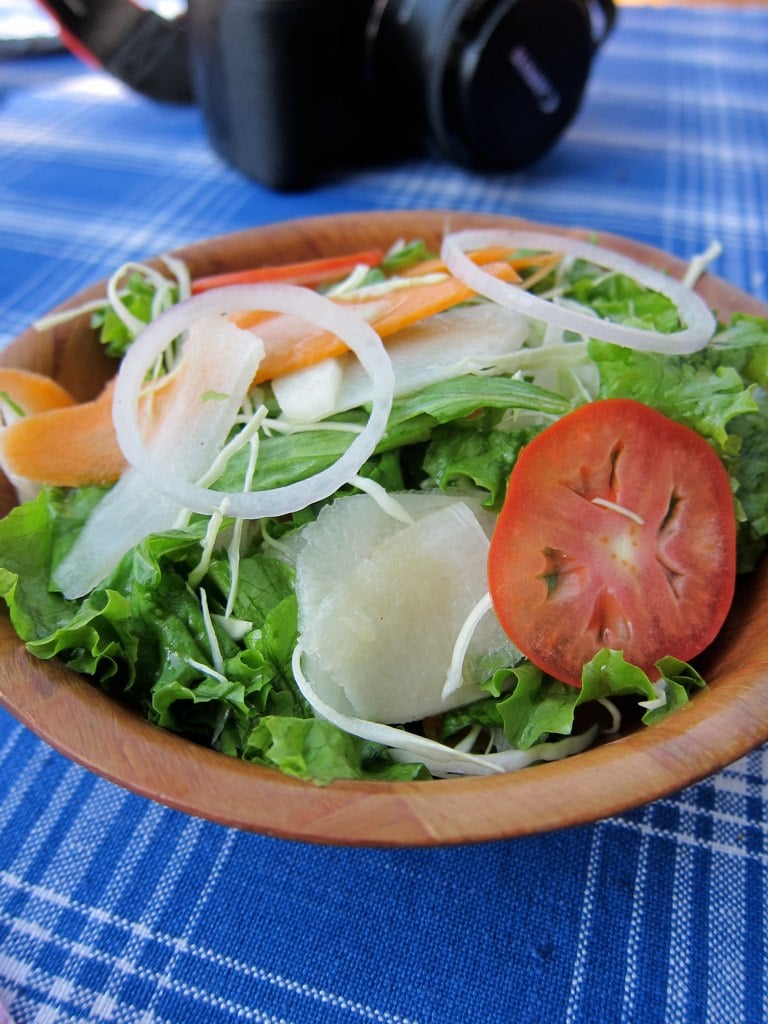
Spoiler Alert: They’re Actually American.
Much like German chocolate cake that’s not from Germany, French Dressing and Italian Dressing are not from France and Italy, respectively. Learn the origins of vinaigrette and the histories of these salad dressings.
Origins of Salad Dressing
Mixing together oil and acid as a dressing with vegetables dates back to over 2,000 years ago. Ancient Egyptians were one of the first by combining oil, vinegar, wine, and spices while Babylonians simply mixed oil and vinegar. Romans and Greeks soon followed by stirring together olive oil, vinegar, wine, and honey.
Classic Vinaigrette
A classic vinaigrette is used in France, but it’s not what Americans consider as French Dressing. The true vinaigrette is three parts oil to one part vinegar, which is often red or white wine vinegar. Many recipes add in dijon mustard, seasoning, shallots, and garlic for added emulsion and depth of flavors.
This traditional vinaigrette was introduced to the US in the 1880s. Prior to that, Americans made the creamy English style of salad dressings.
French Dressing
In the late 19th century, “French Dressing” was synonymous with classic vinaigrette. Shortly after, Americans adapted the recipe, added flavorings like Worcestershire sauce, onion juice, ketchup, paprika, tabasco, and sugar – all the while keeping the name, “French Dressing”. Then in the 1920s, this French Dressing was bottled for the mainstream public.
Italian Dressing
“Italian Dressing” was first created in 1941 in Massachusetts by Florence Hannah. Her parents were Italian immigrants and her husband owned a restaurant, The ’41 Cafe.
She made a dressing using water, lemon juice or vinegar, oil, bell peppers, sugar, herbs, and spices like oregano and basil. Because of her Italian heritage and use of Italian-American flavors, she named it “Italian Dressing”.
Sign up for my newsletter on the sidebar for blog updates and my travel insider tips! And, check out my vlogs on YouTube!


